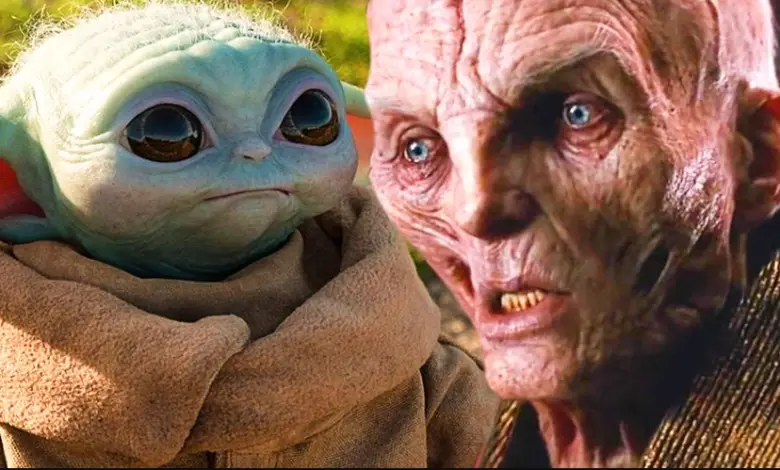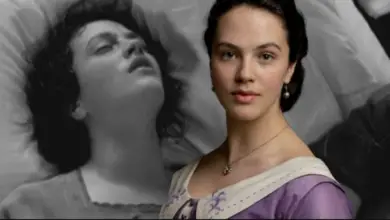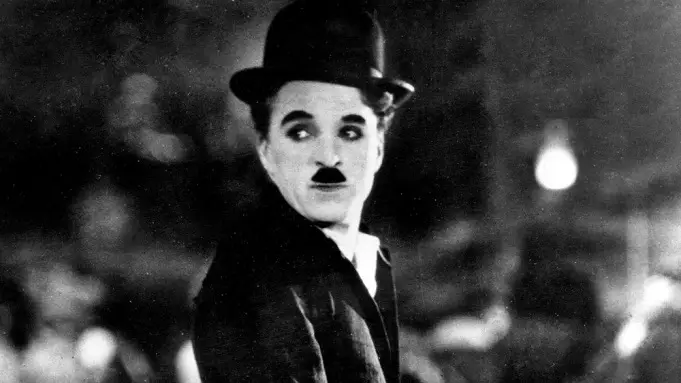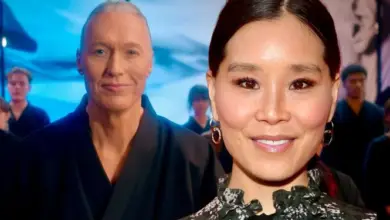Mandalorian Season 3 Photos Support Worrying Grogu & Snoke Fan Theories
Based on a photo of Elite Praetorian Guard helmets, The Mandalorian season 3 may confirm the fan theory that Grogu’s blood was used to create Snoke.

Based on a recent behind-the-scenes photo from the filming of The Mandalorian season 3, some fan theories about Grogu and Snoke may be correct. Taking place after the fall of the Empire in Star Wars: Return of the Jedi, The Mandalorian is currently the only live-action Star Wars project that could connect the original Star Wars trilogy to the sequel trilogy. This has made fans wonder if the Disney+ series could answer any major questions about the sequels, especially relating to Supreme Leader Snoke’s creation and Emperor Palpatine’s return in Star Wars: The Rise of Skywalker.
Although The Rise of Skywalker movie did not explain either of these points, its novelization stated that Emperor Palpatine was a clone. Palpatine’s body died at the end of Return of the Jedi, but he transferred his consciousness to a waiting clone body on Exegol. However, the clone body was weak and unable to handle Palpatine’s strong connection to the dark side of the Force. Due to this, Palpatine had to consistently change clone bodies and create Snoke to manipulate Kylo Ren and lead the First Order. While not a precise clone, Snoke was a Strand-Cast, a genetically engineered artificial life form, based on Palpatine. However, it is unclear how the Empire was able to create a clone strong enough to withstand Palpatine even for a little while or how Palpatine was able to create a Strand-Cast as powerful as Snoke. Due to this, some fans have theorized the Imperial Remnants used Grogu’s blood to create Snoke and better clones for Palpatine. This is supported by Dr. Pershing wearing a Kaminoan symbol in The Mandalorian season 1 and by Din Djarin and his friends discovering a lab where Grogu’s blood had been injected into host bodies in The Mandalorian season 2.
The recent Mandalorian set photo revealed that this theory for Snoke’s creation may be true. The photo (via Making Star Wars) showed three red Mandalorian helmets, resembling those worn by the Elite Praetorian Guard in Star Wars: The Last Jedi. These highly skilled warriors served as Snoke’s bodyguards. Their presence in The Mandalorian reinforces Grogu’s connection to Snoke and suggests that season 3 may address the rise of the First Order.

If the Elite Praetorian Guard already exists in The Mandalorian season 3, they may be acting under Palpatine’s orders and trying to ensure the creation of Snoke. Due to this, they would be very interested in Grogu. The Empire’s main problem in engineering clones and Strand-Casts for Palpatine was the bodies’ ability to endure his connection to the Force. However, Grogu naturally has a high midi-chlorian count, so his blood could be used to make stronger bodies. Although the Imperial Remnant seemed to have failed at this during The Mandalorian season 2, their new supply of blood after Grogu’s capture could lead to their successful creation of a powerful, Force-sensitive Strand-Cast: Snoke.
In addition, the Elite Praetorian Guard’s presence hints that The Mandalorian season 3 may connect the future of Mandalore to the First Order. Given Din’s need to atone for taking off his helmet and his accidental claim to lead the planet, Din has multiple reasons to return to Mandalore. However, if Din will face the Elite Praetorian Guard during The Mandalorian season 3, it is possible that the root of the First Order may be on Mandalore. There, they could run more experiments with Grogu’s blood, ultimately discovering a way to engineer a Strand-Cast that could withstand a strong connection to the Force. If Din arrives though, he could slow down their progress. While the photo of the Elite Praetorian Guard’s helmets does not prove that there is a connection, it suggests that The Mandalorian season 3 will confirm the fan theory that Grogu’s blood was used to create Snoke.





